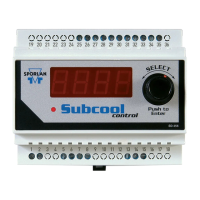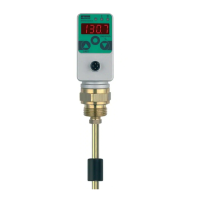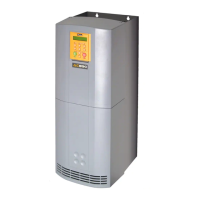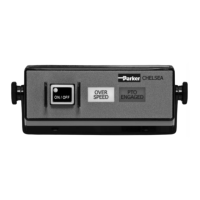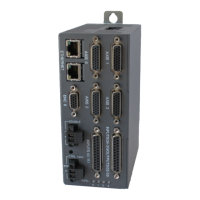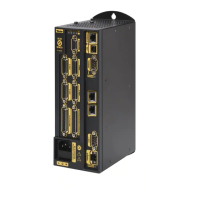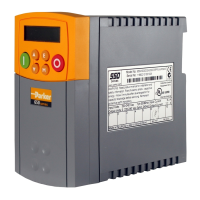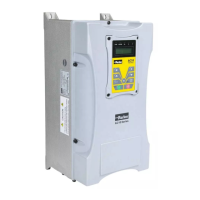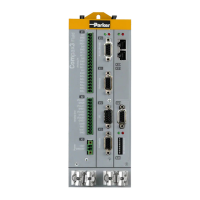Page 124 – Bulletin 100-50-9.1
19. SERVICE
19.1 INITIATE DEFROST
It may be necessary to manually force a defrost to clear an
evaporator coil of frost or ensure proper function of the
defrost cycle.
1. From the default display, press the button. e
display will show .
2. Use the ▲ button to enter the Technician password
(default is 81) and press SET.
3. Use the ▲ button and scroll to o, then press SET. is
will initiate defrost. Note: If line-up synchronization
is enabled, all the cases in the line-up will go
into defrost.
19.2 TERMINATE DEFROST
1. From the default display, press the ▲ button. e
display will show .
2. Use the ▲ button to enter the Technician password
(default is 81) and press SET.
3. Use the ▼ button and scroll to off, then press
SET. is will terminate defrost. Note: If line-up
synchronization is enabled, all the cases in the
line-up will come out of defrost.
Note: Initiating a defrost on a case that is part of a
refrigeration line-up will force all the cases in the
line-up into defrost.
19.3 VIEW DISCHARGE AIR TEMPERATURE
The default display shows discharge air temperature of
the case, however, it may be necessary to view individual
temperatures for each evaporator on multi-coil cases.
18.4 USER ALARMS
1
3
2
RED denotes required control conguration to enable alarm and/or control response.
Alarm Description Cause Control Response
Self
Clearing
Suction pressure low
Measured suction pressure is below
user selected low limit for a period
greater than selected low alarm time
delay.
Yes
Suction pressure high
Measured suction pressure is above
user selected high limit for a period
greater than selected high alarm time
delay.
Yes
d
Discharge Air Temperature Low
Return Air Temperature Low
(Alarms on selected control
temperature sensor)
Measured Discharge Air or Return Air
Temperature is below user selected
low Control Temperature limit for a
period greater than selected Control
Temperature low alarm time delay.
Yes
Discharge Air Temperature High
Return Air Temperature High
(Alarms on selected control
temperature sensor)
Measured Discharge Air or Return Air
Temperature is above user selected
high Control Temperature limit for a
period greater than selected Control
Temperature high alarm time delay.
Yes
Superheat low
Superheat is below user selected low
superheat limit for a period greater
than selected superheat low alarm
time delay.
Disabled if Coil Outlet Temperature
sensor missing or faulty.
Yes
Superheat high
Superheat is above user selected high
superheat limit for a period greater
than selected superheat high alarm
time delay.
Disabled if Coil Outlet Temperature
sensor missing or faulty.
Yes
Display
Meaning
N
Enable/Disable Clean Mode
Defrost Heater Detection Reset
Fan Failure Detection Reset
N
Sensor Scan
Controller Reset
Clears and resets all alarms
Enable/Disable Charge Pro
REnter Test Mode (Enable required)
View Process Values and Modify Parameters
Temporarily
Manual defrost
TEV Assist for setting Superheat (holds pressure for TEV
setup. Blinks white)
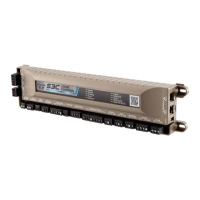
